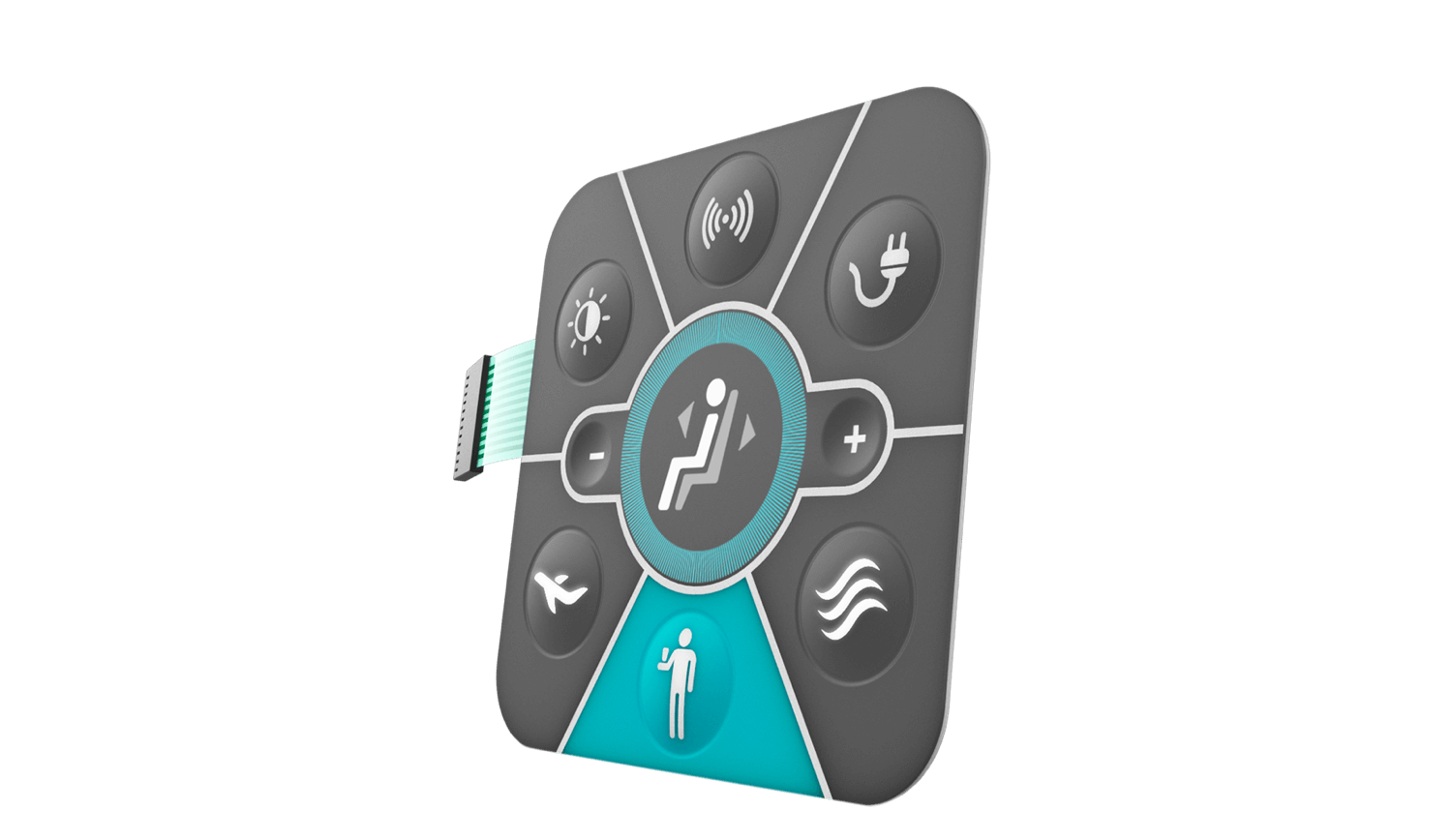Just How a Membrane Switch Boosts Customer Experience and Tool Performance
Just How a Membrane Switch Boosts Customer Experience and Tool Performance
Blog Article
Understanding the Capability of Membrane Layer Switches Over for Individual Interface Devices
The capability of membrane layer switches represents a substantial development in customer interface design, integrating efficiency with visual flexibility. As industries progressively focus on user experience, comprehending the subtleties of membrane switch modern technology comes to be essential.
What Are Membrane Buttons?
Membrane switches are innovative interface devices that assist in user interaction with electronic devices. These flexible components include several layers, including a graphic overlay, spacer, and a printed circuit layer. The style enables a smooth assimilation right into different electronic devices, enhancing both the aesthetic and functional aspects of interface.
Membrane switches are typically utilized in a wide variety of applications, from household home appliances to industrial equipment and medical gadgets. Their building and construction normally includes a slim profile, making them an optimal option for portable styles. The tactile feedback supplied by these buttons can be crafted to satisfy particular user choices, guaranteeing reliable communication between the user and the gadget.
Longevity is an additional considerable advantage of membrane buttons, as they are resistant to dust, dampness, and chemicals, which improves their lifespan sought after settings. Additionally, these switches can be personalized in terms of form, size, and visuals design, permitting for branding and user-specific features. On the whole, membrane switches over represent a sensible option for enhancing user experience in electronic gadgets, integrating functionality with visual allure in an effective manner.
How Membrane Layer Switches Job
Operating on a straightforward concept, membrane changes utilize a split construction to register individual input successfully. Each button includes numerous layers, consisting of a printed circuit layer, a spacer layer, and a top visuals layer, which are developed to interact flawlessly. When a customer presses the top layer, it presses the spacer layer, bringing the conductive elements of the circuit layer right into call with each other.
This contact produces a closed circuit, signaling the device to implement a specific function. The design enables various arrangements, including tactile feedback, which can boost the customer experience by supplying a physical feeling upon activation. The materials made use of in membrane buttons commonly include versatile substrates, such as polyester or polycarbonate, which ensure toughness and strength against wear and tear.

Trick Advantages of Membrane Layer Buttons

Another significant advantage is their density. Membrane switches are thin and lightweight, which allows producers to conserve space in their gadgets without compromising performance. This feature is specifically helpful in applications where weight and volume are essential factors to consider.
Additionally, membrane layer switches are resistant to dirt, dampness, and chemicals, improving their toughness. This durability expands their lifespan and decreases the need for constant substitutes, causing expense financial savings with time.
Additionally, the tactile responses supplied by membrane switches can be maximized to improve individual communication. They can include functions such as increased switches or audible clicks, improving usability and customer experience.
Applications Across Industries
Interface gadgets using membrane switches prevail in a broad array of markets, showcasing their versatility and capability. Membrane Switch. In the clinical sector, membrane layer switches are essential to tools such as diagnostic equipment and person surveillance systems, where their sturdiness and ease of cleansing are critical for preserving health standards. In a similar way, in the this link vehicle industry, these buttons are used in dashboard controls and infomercial systems, giving a smooth and modern-day interface for users.
Moreover, the consumer electronic devices industry take advantage of membrane layer buttons in devices and handheld gadgets, where portable style and easy to use user interfaces enhance user experience. Industrial applications also leverage membrane layer switches for control board in equipment and automation systems, emphasizing their effectiveness and resistance to extreme environments.
In the aerospace and protection markets, membrane buttons are utilized in cockpit controls and tools, where integrity and performance under severe conditions are vital. In addition, the gaming sector increasingly integrates membrane switches in controllers and arcade makers, adding to an engaging user experience. Overall, the versatility of membrane layer changes enables their widespread use throughout many markets, underscoring their importance in modern-day interface layout.
Future Fads in Membrane Layer Switch Over Technology

Furthermore, using sophisticated materials, linked here such as polycarbonate and polyester films, is anticipated to rise, offering enhanced toughness and resistance to environmental stressors. These products add to the overall longevity of membrane switches, making them ideal for harsher commercial applications.
Moreover, the unification of wise innovation, consisting of IoT connection, will allow membrane switches to communicate with various other tools and systems, helping with a much more interactive customer experience. This fad lines up with the expanding need for wise gadgets throughout numerous markets, from health care to consumer electronic devices.
Finally, customization options are expected to expand, allowing suppliers to develop bespoke options customized to specific user demands and choices. These growths will certainly position membrane layer switches as essential parts in the development of user interface technology.
Conclusion
In verdict, membrane switches discover this over represent a crucial advancement in customer interface innovation, using a reputable and functional service for varied electronic applications. As innovations in material science and touch sensing modern technologies proceed, the performance and applicability of membrane buttons are expected to increase, strengthening their importance in contemporary electronic tools.
Report this page